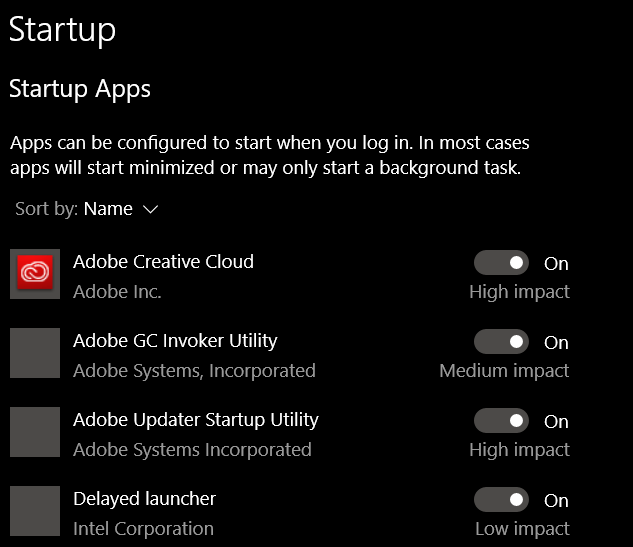
The only settings I have modified in BIOS since putting the system together is toĪ) change the onboard video setting so it is using 2Gb of the RAM for video,Ĭ) turn on (and back off) the FAST BOOT option. One of the 2Tb HDD is plugged into SATA 3_1 port, the other into SATA 3_4. I cannot help but think these are all related somehow.įor information, the SSD is plugged into SATA 3_2 port. It happens regardless of whether FAST BOOT is enabled or not. Again, this happened under both versions of the BIOS. It is like it is taking forever to actually identify the drives and then boot from the right one.

The system takes an eternity to go from the AsRock spash screen (the one with the F2, F6, Delete, TAB options) to "Starting Windows". above whether FAST BOOT is enabled or not.ģ. However, re-enabling FAST BOOT simply gives me the same error message. Once I have done that and inserted the USB device I installed from and rebooted, Windows loads fine without running a repair, from the SSD. I have to turn "FAST BOOT" off so I can boot from a USB device, there is no optical device in this PC.

If I set Fast Boot to "FAST" in BIOS, the system says there is an error with the boot drive and asks me to insert the CDROM and run repair instead of starting Windows. Strangely enough, I was able to install to it and I boot from it, so the system MUST see it somehow, just not list it as a boot device in the boot order.Ģ. It did not list it under the original BIOS or the updated BIOS. When I go in to BIOS and go to the BOOT options, the SSD is not listed under the "Boot Order" where I set what devices I boot from in what order. The BIOS does not seem to recognize my SSD, even though it does eventually boot from it. My BIOS has been updated to P2.90 (with the major help of some very good advice from Wardog).ġ. I have what may be several inter-related problem with my new build which all involve the SSD and booting that I am hoping I can get advice on please.Īs my signature says, I have installed Windows 7 Ultimate X64 SP1 on the SSD.


 0 kommentar(er)
0 kommentar(er)
